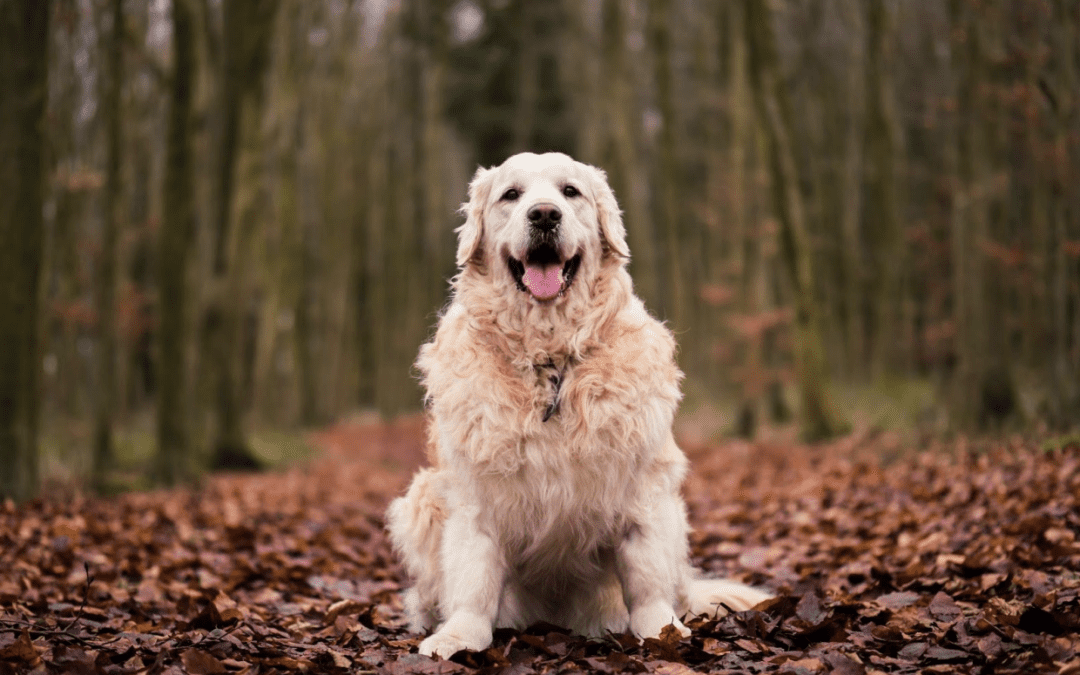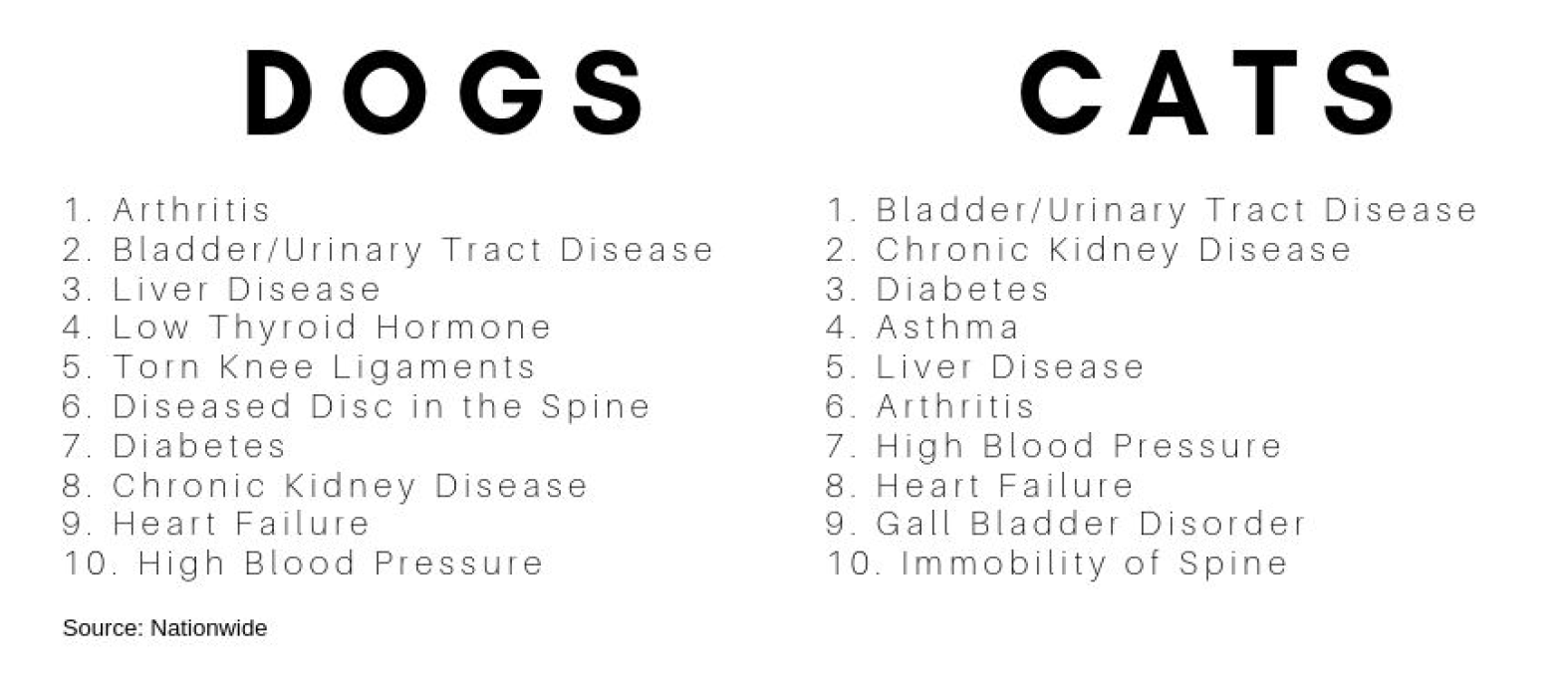Food Isn’t Love (Why Pet Obesity Is a Major Problem)

January is usually about resolutions and most people start new diets or exercise routines in hopes of living out a healthier year. But why should our pets be excluded from this?
According to Nationwide, who offers pet insurance, pet obesity is still on the rise for the eighth consecutive year. They have seen a 24 percent increase in claims related to pet obesity in those eight years. What exactly does this mean? More pets are being seen by veterinarians for health issues that stem from being overweight. Not only does obesity slow your beloved companion down, but there are more concerning illnesses associated with those extra pounds. Here are the top ten obesity-related conditions for dogs and cats:

As pet owners, we love our animal companions dearly and will do almost anything to make them happy. This often means that our cats and dogs get a little too much at breakfast, a few too many treats, or maybe some of our table scraps. But food does not equate to love. Dogs and cats are opportunistic when it comes to meals; most won’t turn down something to eat if it’s offered to them no matter if they just had a big meal or not.
It’s important to keep our furry friends in ideal shape to prevent any potential health issues and protect their longevity. The ideal weight for a cat or dog depends on many factors, including size and breed, but here are some quick points to help you determine if your pet is on the right track:
– You can easily feel their ribs without excess fat covering
– From above, their waist is seen behind the ribs
– From the side, their abdomen is tucked upward
You begin to run into a less ideal condition when you see these instead:
– Ribs difficult or impossible to feel with a heavy fat covering
– Noticeable fat around the spine and at the base of the tail
– No waist visible
– No abdominal tuck, possible distention
As our companions caretakers, it’s important for us to do what’s best for them; buying the best food, giving them lots of love, and keeping them healthy. Regulating their diets is a large part of maintaining optimal health and when they become overweight it can cause scary side effects. If you’re worried about your pet’s weight, have them checked by your veterinarian; if necessary, your pet can be put on a diet plan to lose weight and stay fit.
5 Tips to Keep Your Pet Trim:
1. Measure each meal – don’t guess! You may be accidentally overfeeding your pet
2. Exercise daily – whether it’s a play session indoor or a jog outside, your pet will enjoy spending time with you and reap the benefits of staying active
3. Annual exams – staying healthy also means visiting your vet regularly for exams
4. No table scraps – not only is human food high in fat but certain foods are toxic or can cause intestinal upset
5. Go easy on the treats – it’s hard to say ‘no’ to that cute face but keeping the number of treats to a minimum will help in the long run
Recent Posts
About Us
At Happy Tails Veterinary Emergency Clinic in Greensboro, NC, our kind and knowledgeable team is available to provide gold standard emergency vet care for you and your pet. We’re available in the late night and early morning hours during the week, and 24/7 on weekends for your convenience.
